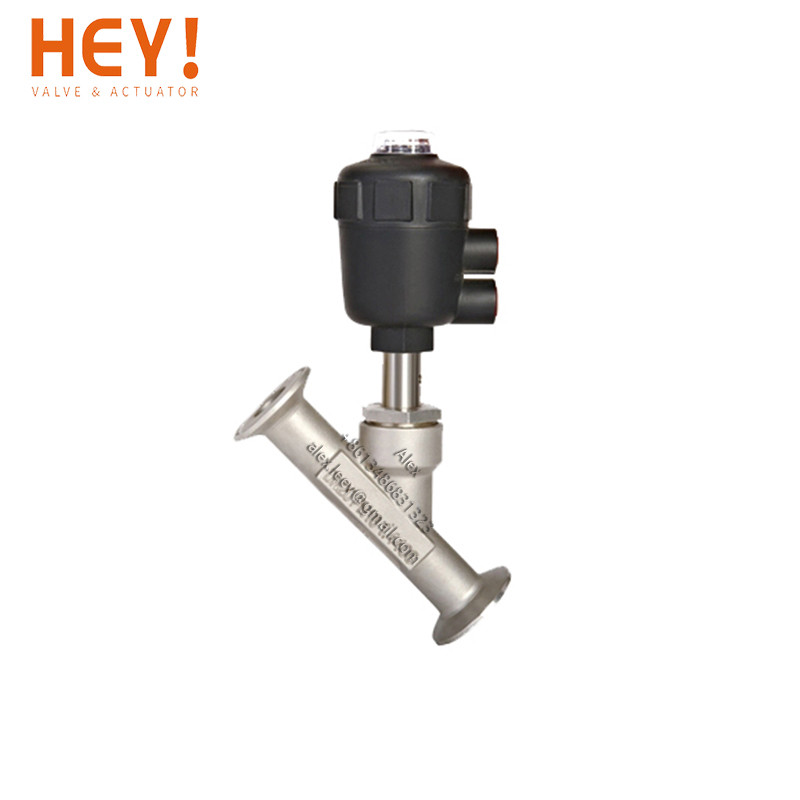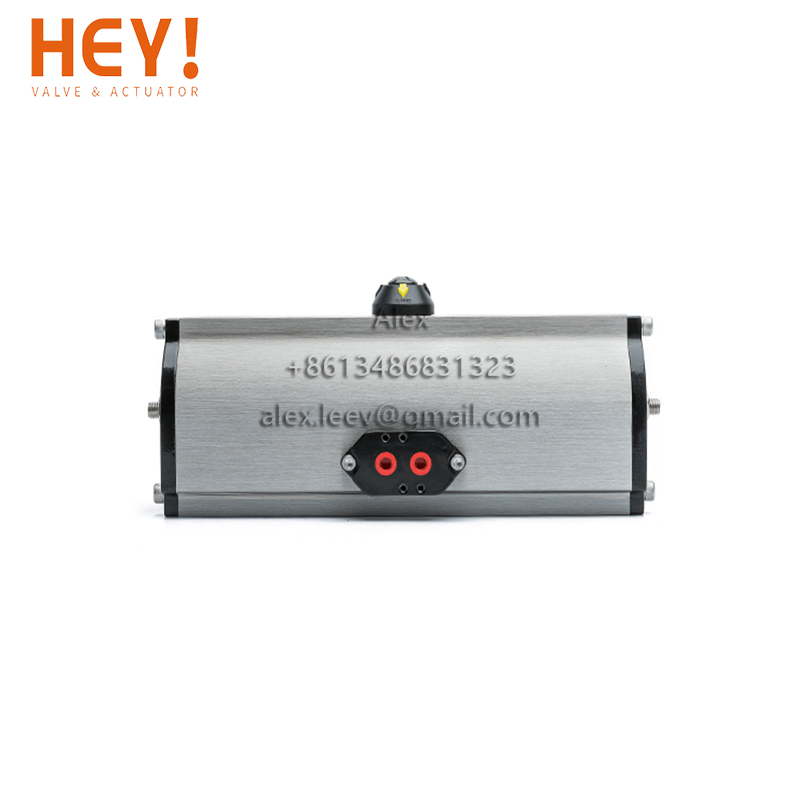Air Filter Regulator - The Ultimate Solution for Air Compressor Systems
Air compressors are used in numerous industrial, automotive, and household applications. However, the compressed air that they generate often contains impurities, such as moisture, oil, and dust, which can damage pneumatic equipment and jeopardize product quality. This is where air filter regulators (AFR) come in handy. An AFR is a device that combines an air filter and a pressure regulator to remove contaminants from the air supply and regulate the output pressure to a desired level.
Air Filter Regulator Features
Air filter regulators are available in various sizes, materials, and configurations to suit different air compressor systems and applications. Generally, they comprise the following features:
1. Filter Element – AFRs have a filter element that traps and removes contaminants from the compressed air. The filter element can be made of paper, polyester, metal mesh, or other materials, depending on the type and level of contamination.
2. Regulator – AFRs have a pressure regulator that controls the output pressure of the compressed air. The regulator can be adjusted by a knob or a screw to set the desired pressure level.
3. Gauge – AFRs have a pressure gauge that displays the output pressure of the regulator. The gauge can be analog or digital, and can have different units of measurement, such as psi, bar, kg/cm2, etc.
4. Drain – AFRs have a drain valve or plug that allows accumulated water and oil in the filter bowl to be drained periodically. The drain can be manual, automatic, or semi-automatic, depending on the model.
5. Mounting – AFRs can be mounted in different positions, such as vertical, horizontal, or inverted, to fit the available space and avoid interference with other components.
Air Filter Regulator Instructions
AFRs are designed to provide clean and regulated air for pneumatic tools, machinery, and equipment. Here are the basic steps to install and operate an AFR:
1. Select the appropriate AFR based on the air compressor capacity, pressure range, and filtration requirement.
2. Install the AFR upstream of the pneumatic device or application to be powered. Use suitable fittings, hoses, and adapters to connect the AFR to the Air compressor system.
3. Ensure that the drain valve or plug is positioned at the lowest point of the filter bowl and accessible for draining.
4. Adjust the regulator knob or screw to achieve the desired output pressure. Check the gauge and adjust as necessary.
5. Monitor the AFR periodically for any signs of clogging, pressure drop, or contamination. Replace the filter element or clean the bowl if needed.
| Part No. | AFC2000 |
| Description | Stacked Filter-Regulator-Lubricator |
| Port Size (NPT) | 1/4" |
| Working Medium | Air |
| Flow Rate (SCFM) | 16 |
| Filtration (Microns) | 5-40 |
| Regulating Range (PSI) | 7 to 125 |
| Operating Temperature ℃ | 5-60℃ |
| Max. Pressure(PSI) | 150 |
| Recommended Oil | ISO VG 32 |
| Caution | Avoid contacting with Thinner, Carbon Tetrachloride, Cloroform, |
| Ethylacetate, Nitric Acid, Sulfiric Acid, Anilene, Kerosene, and other Organic Solvents. | |
| Also avoid direct sun rays. | |
| Water Filter Cup Capacity | 15CC |
| Water Supply Cup Capacity | 25CC |













